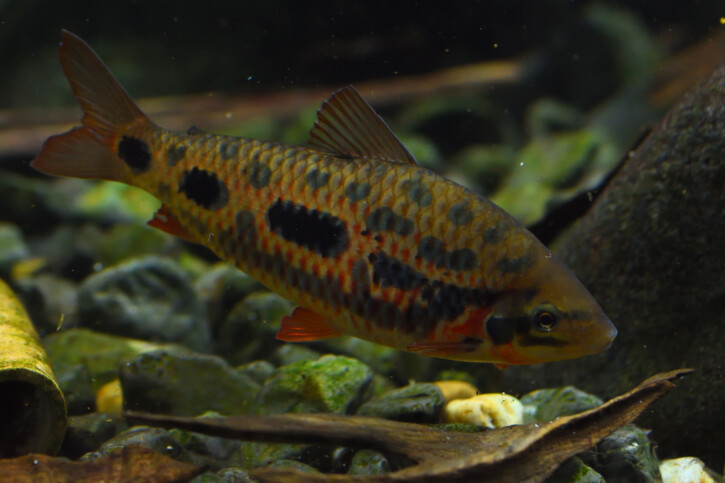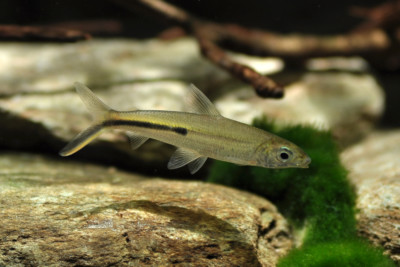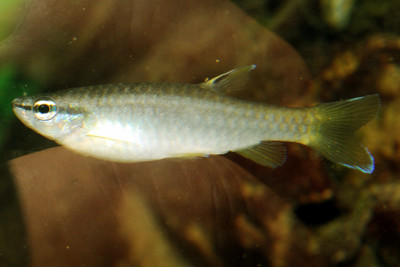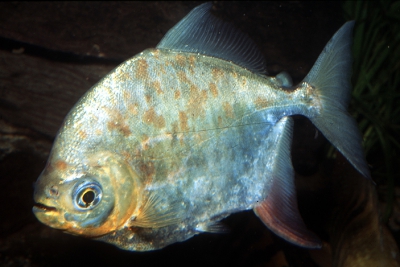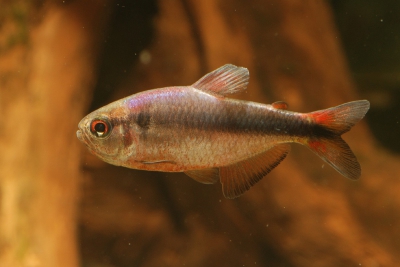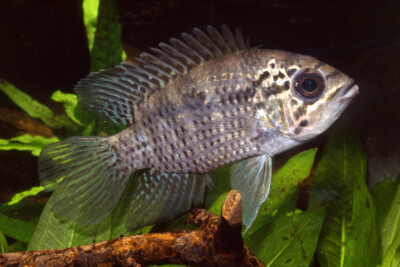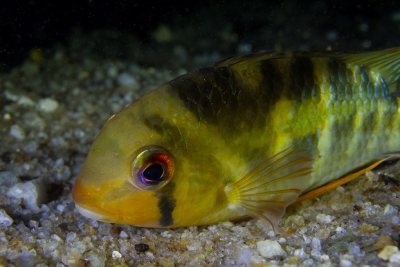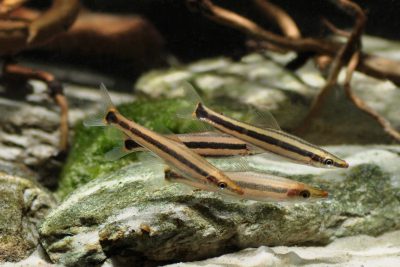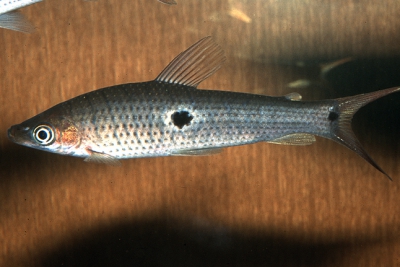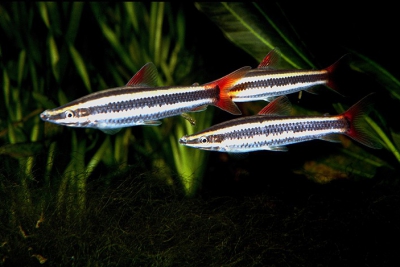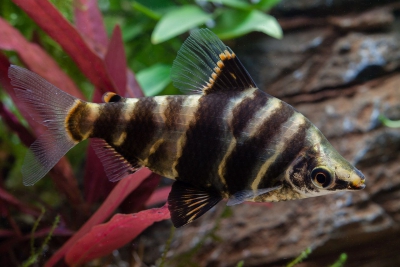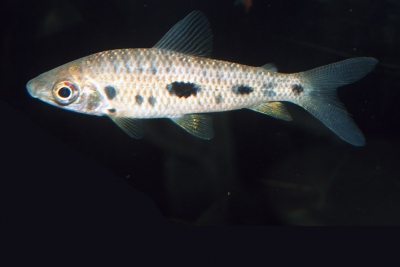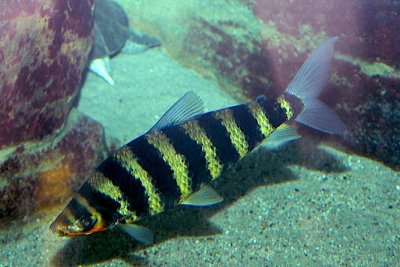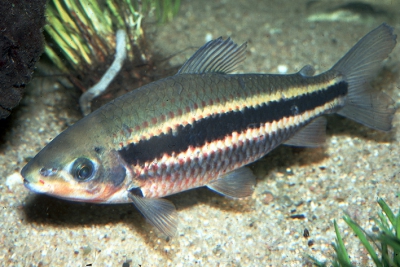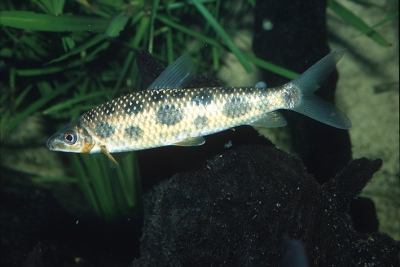Leporinus nijsseni
| Scientific name | Leporinus nijsseni |
|---|---|
| Descriptor | Garavello |
| Year of description | 1990 |
| IUCN category (World) | LC |
| Family | Anostomidae |
| Genus | Leporinus |
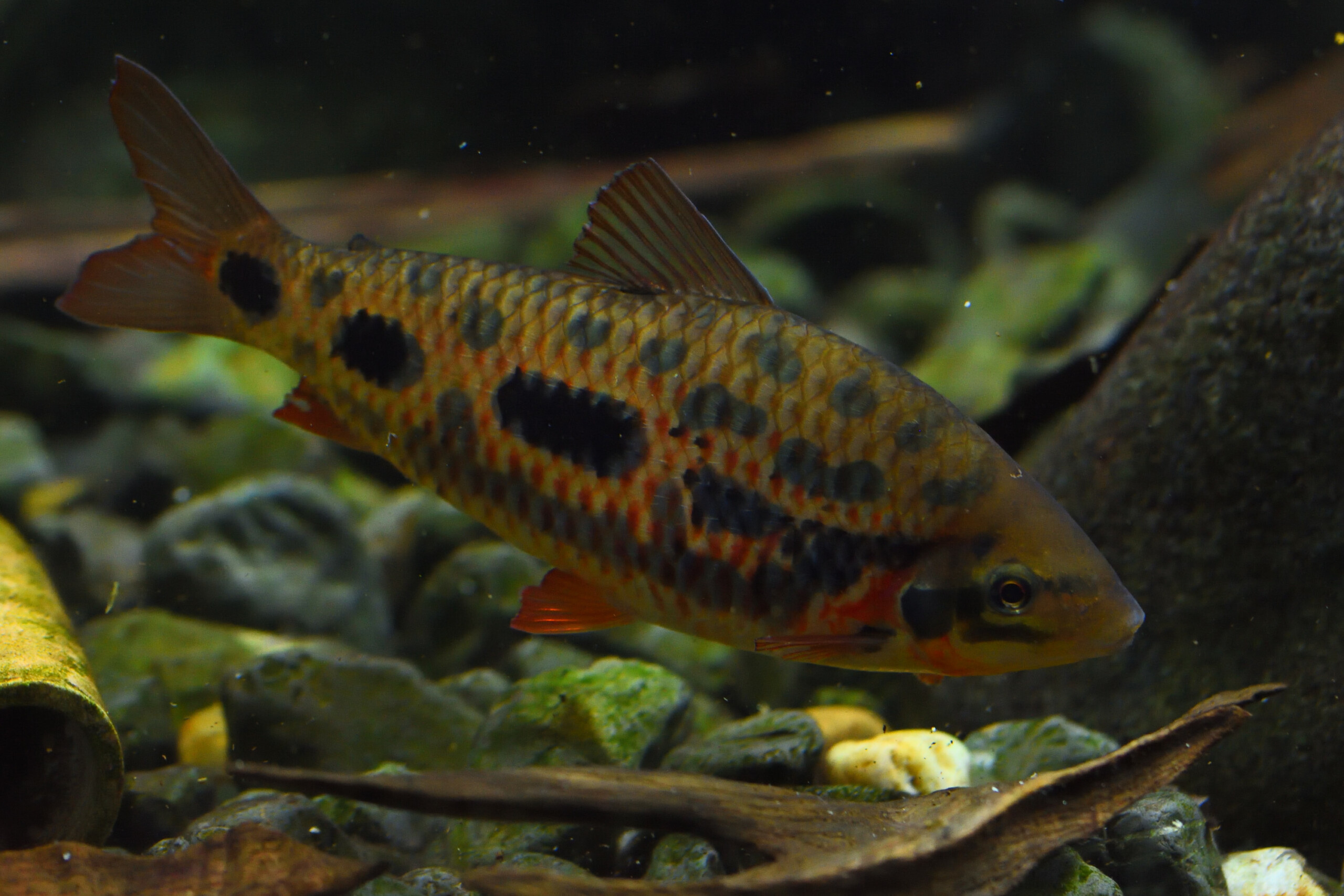

Introduction
Leporinus nijsseni is a fresh water fish.
This sheet is currently being prepared. The texts currently proposed come from our data model or are being drafted. To request priority for this content, you can write to us HERE.
Who is it?
Morphology
-
Average size15 cm
-
Maximum size17 cm
-
Patternponctuations
-
Average size15 cm
-
Maximum size17 cm
-
Patternponctuations
How to recognize This fish ?
Leporinus nijsseni measures around 15 cm. The females are more imposing and some specimens can reach 17 cm. This fish is bicolore with a predominantly jaune and noir body. The also has noir ponctuations.
Sexual dimorphism
The female is bigger than the male.
Behaviour & Life cycle
-
dietcarnivorous
-
Sociabilityliving in small groups
-
territorialNo
-
Way of livingdiurnal
Leporinus nijsseni is a fish living in small groups naturally found near the bottom. This species is carnivorous .
Although Leporinus nijsseni is non-territorial, it is sometimes aggressive towards other species. It also shows signs of aggression towards its conspecifics.
Reproduction
-
Reproductionovipare
Leporinus nijsseni is a fish ovipare.
Harmless species
This species does not represent any particular threats to humans when encountered in its natural environment.
Origin and distribution
What is its habitat?
Natural environment characteristics
-
Temperature24 - 27 °C
Biotope presentation
The acidification of water comes from the decomposition of plants. This phenomenon changes the color of the water, which tends to turn brown. In some areas particularly rich in organic matter, the water is so dark that it is called "black water".
Leporinus nijsseni is most often found at a depth between 0m and 2m. However, it is not impossible to find this species at other depths. This animal evolves in areas characterized by a strong presence of vegetation (aquatic and marsh plants, decaying organic matter, roots...).
This species lives near large roots, in which it can find refuge in case of danger. This type of habitat is often found not far from the banks.
Species of the same biotope
To go further
Sources & Contributions
Participation & Validation
The Fishipedia team and specialist contributors are committed to providing high-quality content. However, although the information comes from scientific sources or testimonials from specialists, the cards may contain inaccuracies.

Adrien Falzon
Translation
Translation done with the valuable contribution of our translators, who make this information available to a wider audience. We sincerely thank them for their commitment.
Scientific partners
Species of the same family
Same genus
Species of the same biotope
